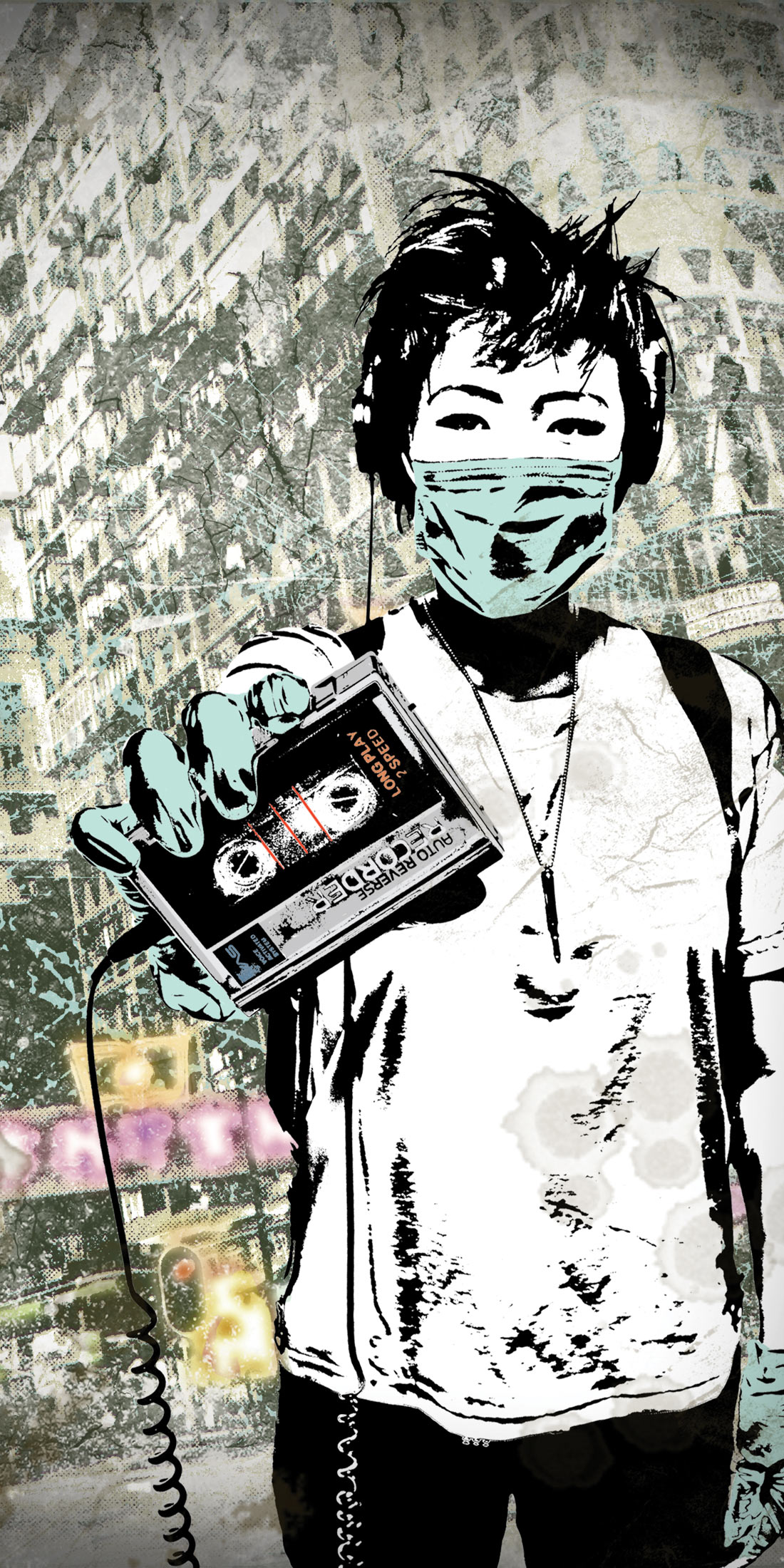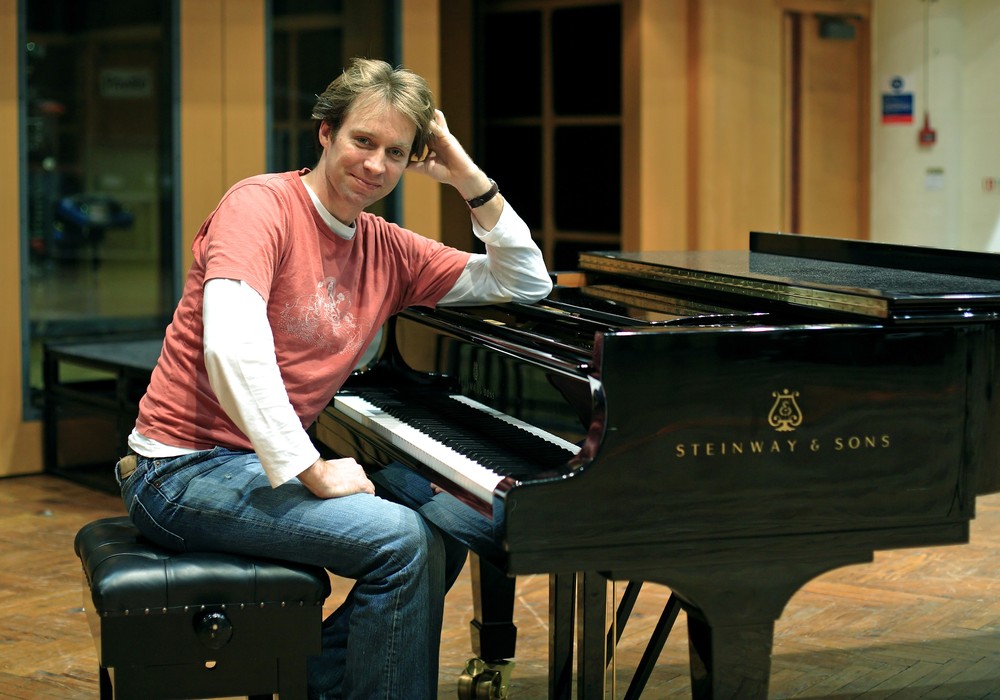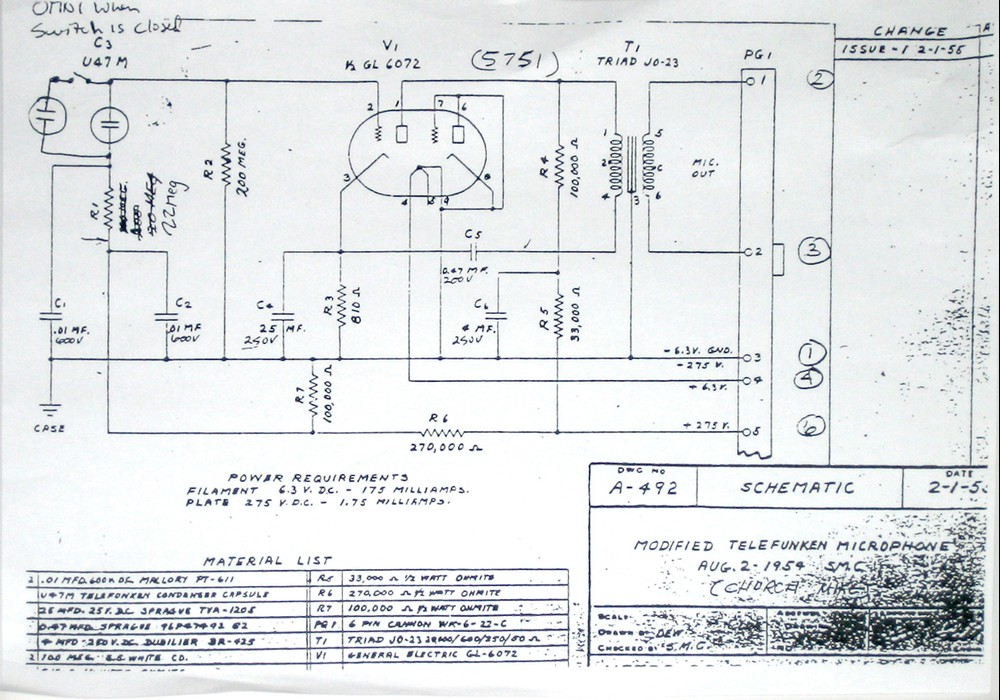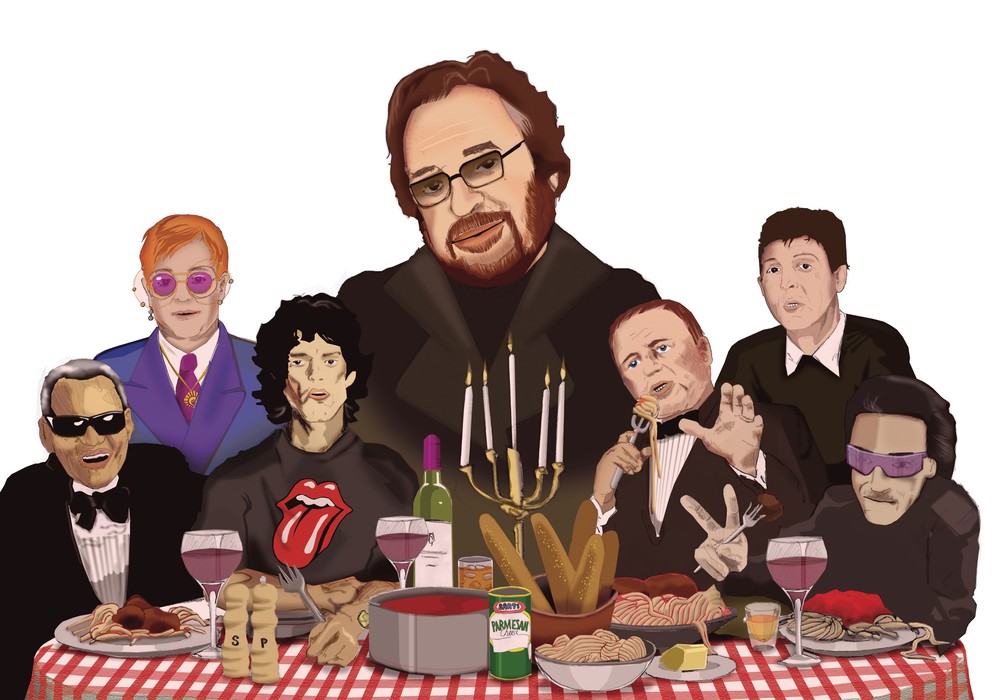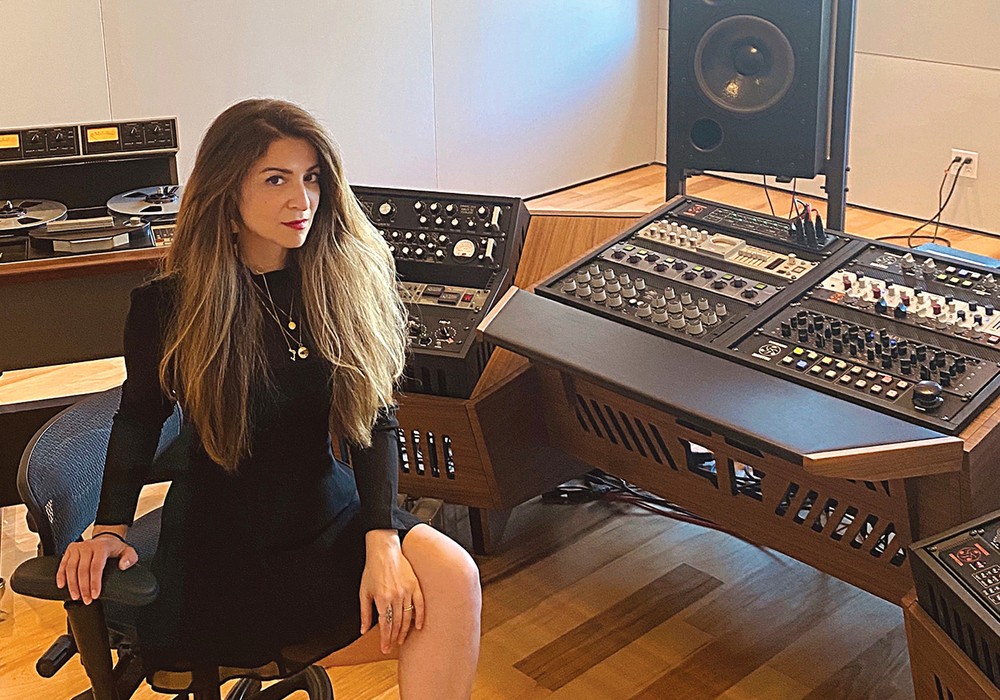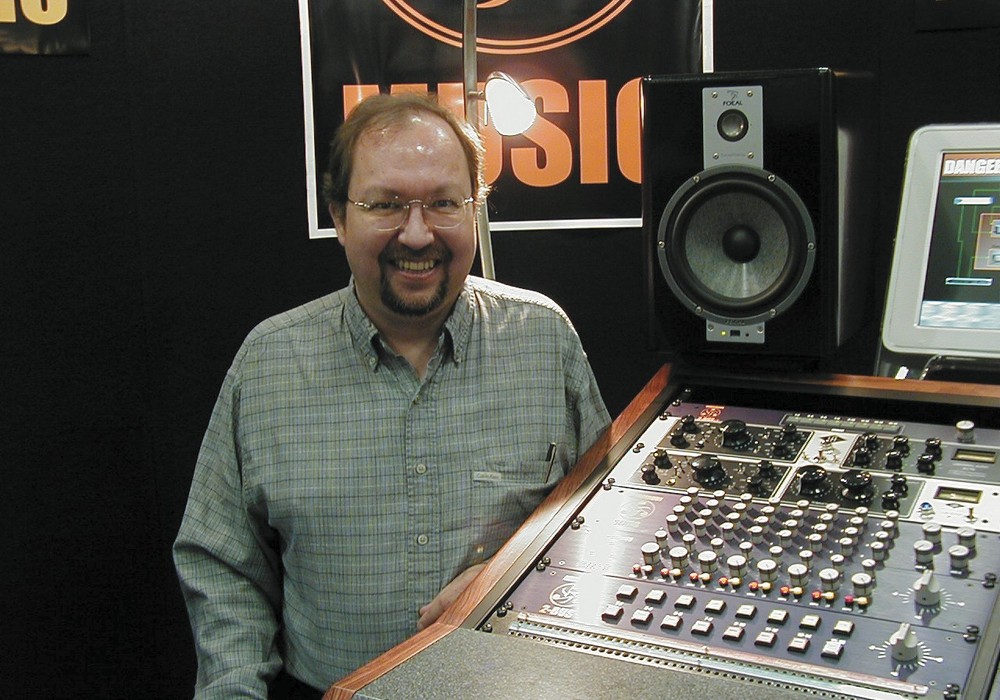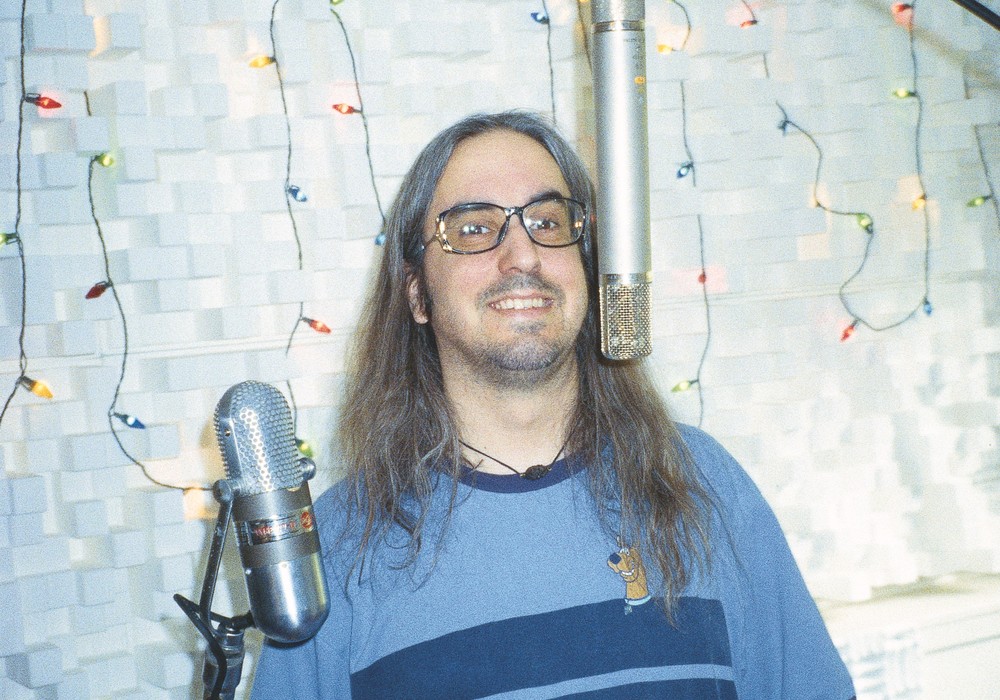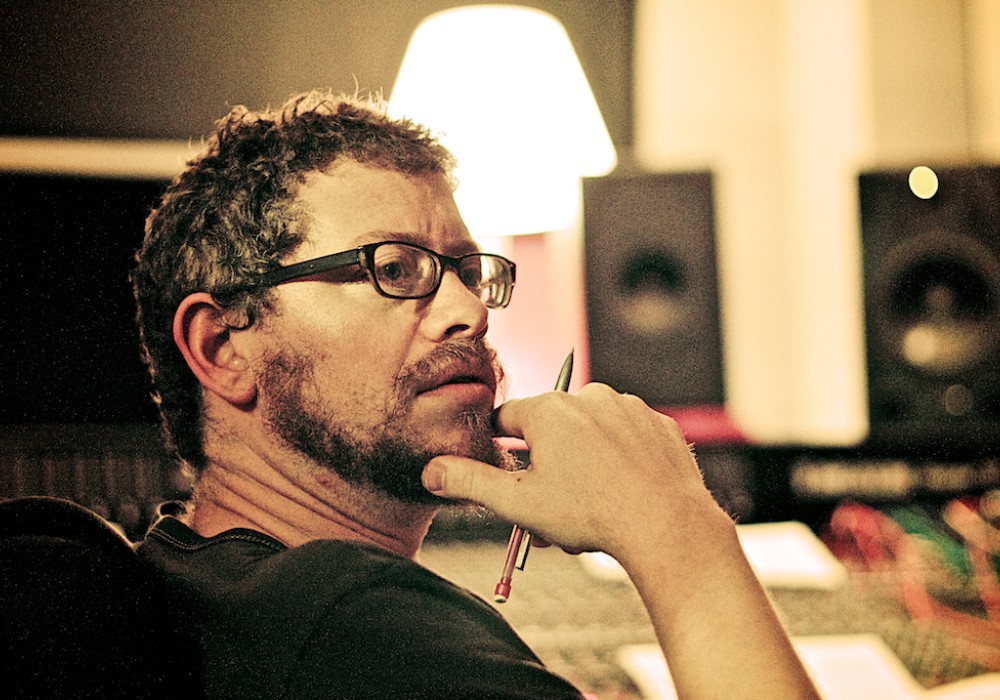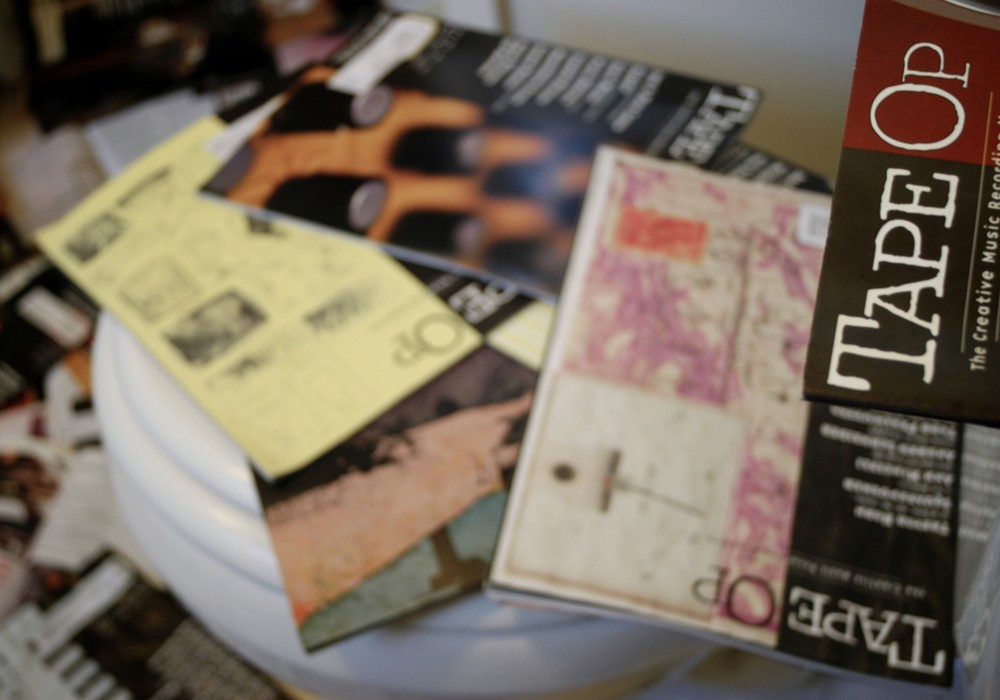Electric Lady Studios has a long, amazing New York recording history. Under the guidance of Lee Foster, the studio has seen a renaissance over the last decade. Daft Punk, Arcade Fire, The National, Black Keys, and Lana Del Rey are just some of the recent clients. John O' Mahony, a charming Irish ex-pat, has a home here in the Mix Suite. He' s worked with Coldplay, Metric, Sara Bareilles, Madi Diaz, The Cribs, and Oh Land.
How'd you end up engineering?
I started with a Tascam Portastudio 464 that I bought when I was 16 to record my band. I learned more on that machine than anything else I've had. I listen to some of those recordings now, and I wish I could get those sounds again! When you're a kid you're doing it all wrong in the best way because you don't know any better. Straight out of high school in Cork City in Ireland, I was working at studios. I started off as a tape op. I came in every morning and cleaned the tape machine heads. I remember my first week: I cleaned an oven and punched a lead vocal. One was scary and the other was annoying. I had just turned 17. I've never had another job besides working at a recording studio. I moved to another studio in town and worked as the house engineer there. It was a 24- track studio with a Soundcraft console, and a Tascam MSR-24, 1-inch machine.
You never see those!
Yeah! The studio owner also did tour management and FOH. He went on a big tour and left the studio in my hands, so I ran the day to day for a little over a year. I would do the decent bands that would come through. We'd do demos, and if a band got a record deal they'd go straight to London, New York, L.A., or Nashville, never to be seen again. Whether they were successful or not, you weren't gonna get a shot at working on their record. I'm an obsessed Sonic Youth fan, and I was always really curious about New York. In October of '97 I came here for three weeks to check it out. I instantly thought, "I have to move here!" I went home, got everything sorted out, and I was living here four months later. There were studios all over town back then. I sent out 20 resumes, did 20 interviews, and got 20 offers. I took a starting job as an assistant engineer at Chung King [Studios] on Varick Street in '98. I picked that place because it seemed a little bit nuts. There were people there from all over the world. A Japanese assistant, a Brazilian assistant, an English guy, and other characters you couldn't invent if you tried. I loved the insanity. For consoles they had two [Neve] VRs, a Neve Capricorn, and they were installing an SSL J in a new room. The first session I assisted on was Blondie, then Lauryn Hill, and then later I got to work with David Bowie. About six months into assisting they started booking me engineering dates. Back then there were still house engineers. It was before DAW's took over, and even the most simple overdub needed a professional studio. Labels would call up and say, "We've got a vocal session, we need to book him at six o'clock tonight." Studios were booming! For the first two years, I didn't leave Manhattan, and I didn't get a single weekend off in the first nine months. I was 22 and I was hungry to work.
What happened after Chung King?
I left Chung King to go freelance, because I was getting calls for tracking and a little bit of mixing. I left the studio in June of 2001. I was still going back, because I'd be taking clients there, but I was also free to travel for other work. It was my next step out into the world. And then 9/11 happened, and the industry nearly shut down for nine months. It turned out to be the worst time ever to go freelance. So that was a scary year or two there.
Were you scrambling for work?
Yeah! Grabbing just enough gigs to keep going. I mean, there was stuff out there, but no one had any money. The labels weren't sending checks. You could do a gig that would be worth a lot of money on paper, but you might not get paid for six months. In mid 2003 I got called to stand in for Andy Wallace's [Tape Op #25] Pro Tools engineer. At first, I was...
